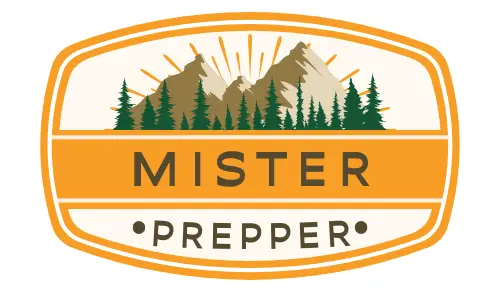Strategies For Building A Secure And Sustainable Food Supply Chain
Have you ever wondered how the food you eat makes it from the farm to your plate? In today’s world, ensuring a secure and sustainable food supply chain is more important than ever. In this article, we will explore strategies that can help build a resilient food supply chain that can withstand various challenges and ensure that food reaches consumers safely and efficiently.

Understanding the Food Supply Chain
Before we dive into strategies for building a secure and sustainable food supply chain, it’s essential to understand how the food supply chain works. The food supply chain encompasses all the steps involved in getting food products from the farm to the consumer’s plate. This includes activities such as production, processing, packaging, transportation, and distribution.
Identifying Vulnerabilities in the Food Supply Chain
One of the first steps in building a secure food supply chain is to identify vulnerabilities. These vulnerabilities can range from natural disasters disrupting crop production to food safety issues in processing facilities. By recognizing these vulnerabilities, you can develop strategies to mitigate risks and ensure a reliable food supply chain.
Implementing Traceability Systems
Traceability systems are crucial for ensuring food safety and security in the supply chain. These systems allow for the tracking of food products at every stage of production and distribution. By implementing robust traceability systems, you can quickly identify and contain any food safety issues that may arise, protecting both consumers and your brand.
Leveraging Technology for Efficiency
Technology plays a vital role in building a secure and sustainable food supply chain. From IoT sensors that monitor temperature and humidity during transportation to blockchain technology that ensures transparency and traceability, leveraging technology can help improve efficiency and reduce waste in the food supply chain.

Collaborating with Stakeholders
Building a resilient food supply chain requires collaboration with various stakeholders, including farmers, processors, distributors, and retailers. By working together and sharing information and resources, you can streamline processes, improve communication, and build a more secure and sustainable food supply chain.
Ensuring Compliance with Regulations
Regulations and standards play a critical role in ensuring the safety and security of the food supply chain. By staying up to date with industry regulations and complying with international food safety standards, you can minimize risks and build trust with consumers. Investing in training and certification programs can help ensure that your organization meets all necessary requirements.
Investing in Infrastructure and Facilities
Infrastructure and facilities are essential components of a secure food supply chain. Investing in modern facilities, cold storage warehouses, and transportation vehicles can help ensure that food products are stored and transported safely. By maintaining and upgrading infrastructure, you can reduce the risk of spoilage and contamination, ensuring that food reaches consumers in optimal condition.
Developing Contingency Plans
Unforeseen events such as natural disasters, pandemics, or supply chain disruptions can have a significant impact on the food supply chain. Developing contingency plans that outline response strategies for various scenarios can help mitigate risks and ensure continuity of operations. By planning ahead and being prepared for emergencies, you can minimize the impact of disruptions on the food supply chain.
Sustainable Sourcing Practices
Sustainable sourcing practices are becoming increasingly important in the food industry. By sourcing ingredients and products from suppliers who follow ethical and environmentally friendly practices, you can reduce the environmental impact of the food supply chain. Implementing sustainable sourcing practices can also help build resilience and ensure the long-term viability of the food supply chain.
Reducing Food Waste
Food waste is a significant challenge in the food supply chain, with billions of pounds of food being wasted each year. By implementing strategies to reduce food waste, such as better inventory management, improved packaging, and donation programs for surplus food, you can minimize losses and build a more sustainable food supply chain. Reducing food waste not only benefits the environment but also improves profitability and efficiency.
Investing in Training and Education
Building a secure and sustainable food supply chain requires a skilled workforce that understands the complexities of the industry. Investing in training and education programs for employees can help improve food safety practices, increase efficiency, and ensure compliance with regulations. By equipping your team with the necessary knowledge and skills, you can build a more resilient and sustainable food supply chain.
Conclusion
Ensuring a secure and sustainable food supply chain is a complex but essential task for food industry stakeholders. By understanding the vulnerabilities in the food supply chain, implementing traceability systems, leveraging technology, collaborating with stakeholders, and investing in infrastructure and facilities, you can build a resilient and reliable food supply chain that can withstand various challenges. By incorporating sustainable practices, reducing food waste, and investing in training and education, you can ensure that food reaches consumers safely and efficiently while minimizing environmental impact. Building a secure and sustainable food supply chain requires commitment, collaboration, and continuous improvement, but the rewards in terms of food safety, efficiency, and consumer trust are well worth the effort.
